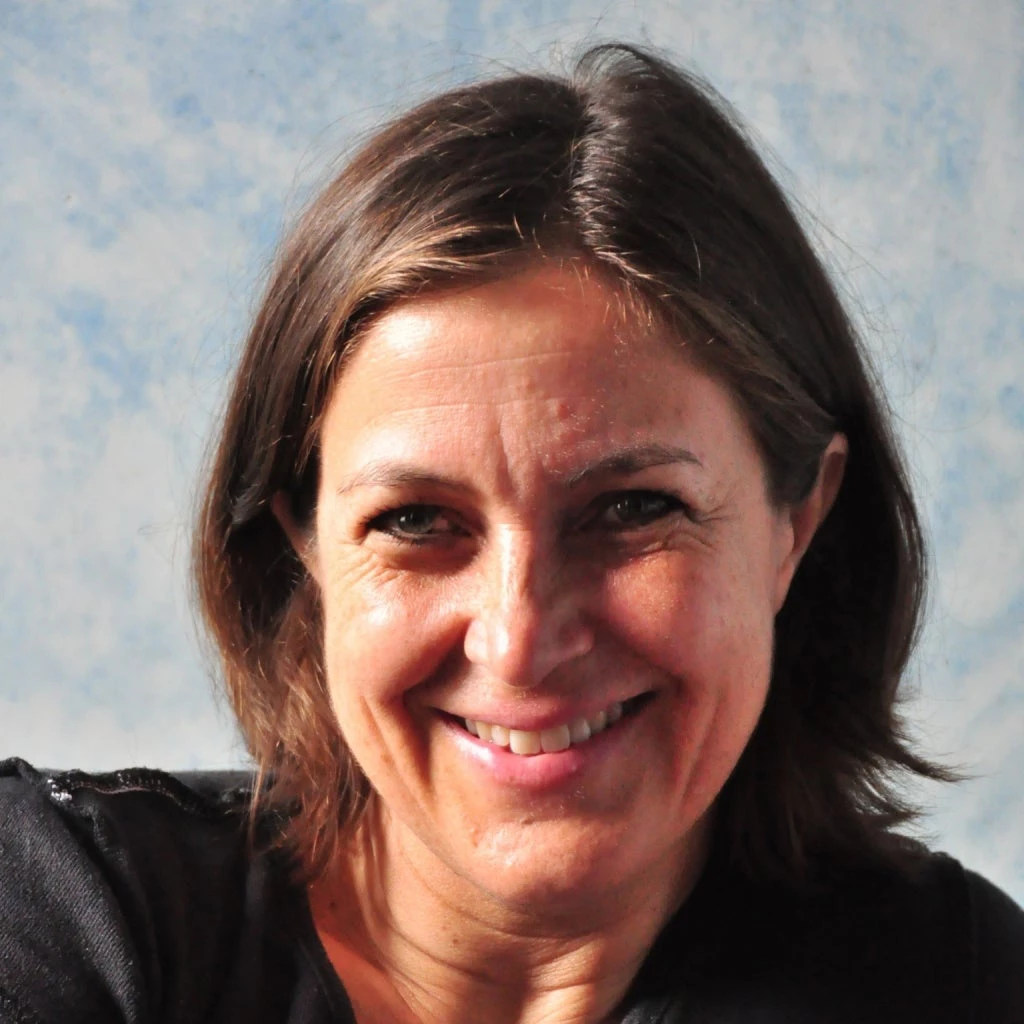
- By 2030, achieve universal, sustainable and equitable access to safe and clean drinking water and basic sanitation as necessary for poverty eradication and to protect human health as well as improve the well-being, particularly the most vulnerable.
- By 2030, significantly improve water efficiency globally, particularly with regard to water use in buildings, supply systems, agricultural and industrial processes and energy production, through the use of indicators and the development of water efficiency plans, adapting to local circumstances and including sustainable approaches to supply and demand, with the aim of significantly decreasing the percentage of river basins that are water-stressed.
- By 2030, significantly improve the implementation of integrated water resource management at local, national and transboundary levels to maintain and achieve good water status and protect ecosystems and natural resources.
- Improve and secure status of water quality and water-related ecosystems with the aim to reduce water-borne diseases, eradicate poverty and promote environmental protection. Significantly reduce water pollution including by hazardous chemicals from households, industrial and agricultural sources, significantly improve wastewater collection and treatment and the reuse of water, including the use of wastewater as a resource, particularly in expanding urban areas.
It's great to see a concrete proposal. Now, let the discussions begin! In my view, the second bullet needs to add efficient use of an environmentally safe allocation of water in agriculture, since the quantities of water consumed in agriculture dwarf all other uses in most water-scarce basins. In agriculture, efficiency is good, but the overall amount needs to be restricted in water-scarce basins.


Join the Conversation